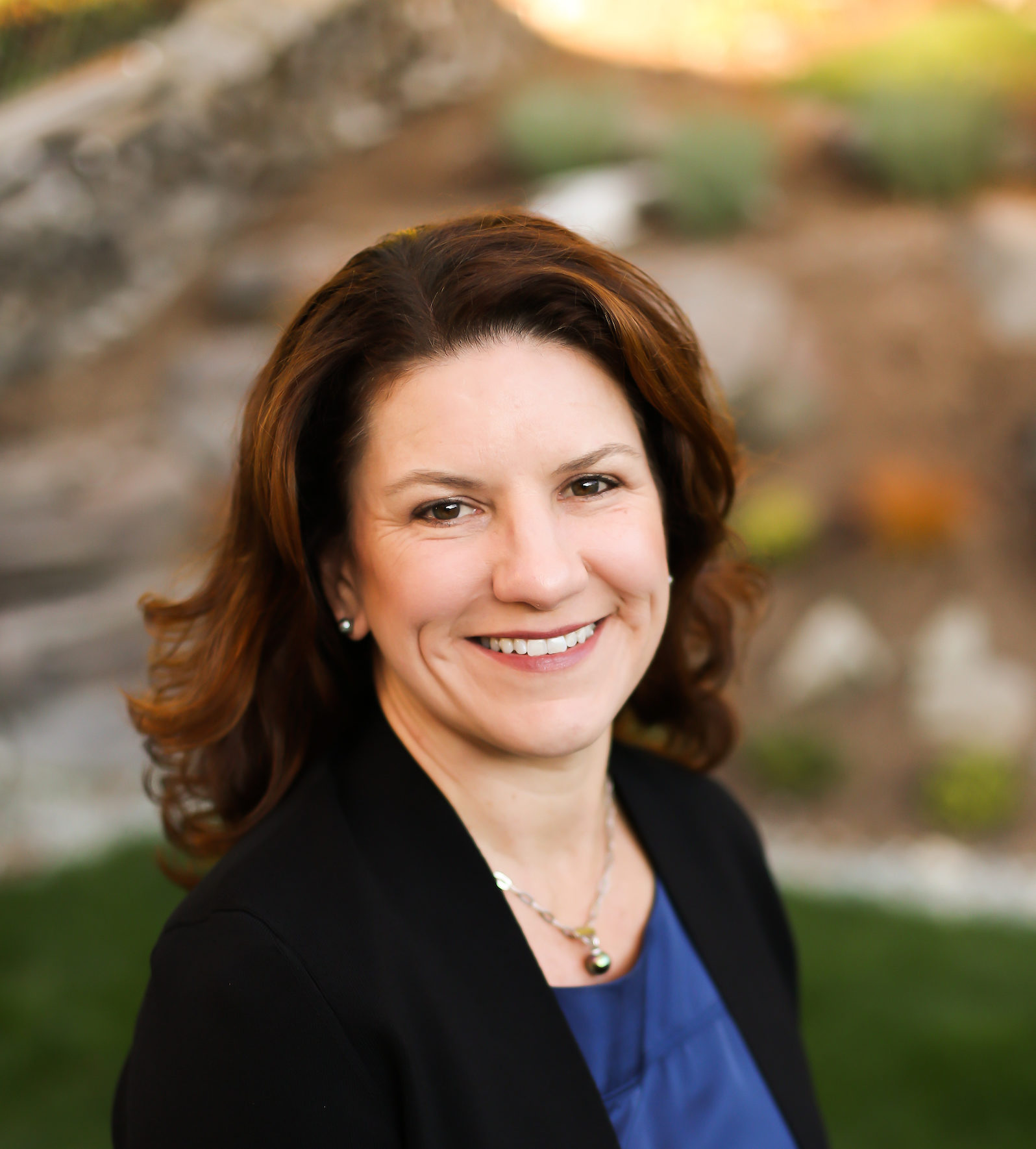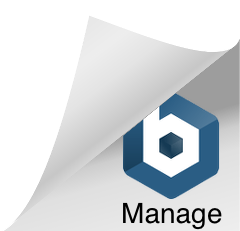An Investment In People
While a tolerance for high and costly turnover remains ever present across industry, an important effort to counter turnover, at least for a ‘privileged’ few, is increasing: Emerging leadership development. A strong executive strategy in human resources, understands and invests in robust development and relevant training.
In many cases this has again become a ‘box check’ of sorts and the ROI is limited to doing it vs. the impact to the business the training returns. In select cases, organizations are upholding what we term ‘standards of impact’ with their programs and those they bring in.
High performing organizations as defined by long-term growth and a Human Centric Strategy, can trust their selection process to attract and select top talent across all levels. Many also believe that promoting from within is a better ‘bet’ than hiring from the outside for key middle manager and top tier leadership positions. In most cases this demonstrates a strong commitment to loyalty. It is beyond my comprehension that there exists a cross-industry tolerance and excuses for short-term employment. But I’ll save that for another post.
Risk of ‘Growing Your Own’
In some organizations, we have experienced executive blinders when it comes to investing in talent and determining successors – only promoting “those like you or that like you.” The result of not inviting new, external, talent and perspectives into upper level ranks can result in slow to stifled growth due to a complacent culture of “yes people.” It is leadership discernment and high board engagement that objectively review leadership and successors regularly to mitigate this risk of promotion within.
When it comes to HR practices generally, individualization has long been replaced with standardization. In an effort to create fairness, we have been forced to ignore what is equitable at the individual level. However, from our research about what creates ‘leadership value’ an individualized approach invites dialogue (different than discussion and debate.) Dialogue creates a culture of trust and ownership and this fosters empowerment. It is difficult to assume responsibility for something if it is prescribed, informed or trained. It is much easier to assume responsibility when it is individualized and therefore becomes empowered through a culture of trust.
Individualized, Not Standardized
Individualization of systems or programs is not simplified down to tools, it must include a human-focused strategy. Operationally however, a system that individualizes might include: strengths-based or talent-based assessments and coaching, purpose-driven engagementassessments, well-being charting and individual contribution plans.
A Case of Intention
Nebraska Business Development Center or NBDC in partnership with the Army Corps of Engineers, Omaha District, have modeled a very individualized program. A year long program for targeted emerging leaders that builds their leadership individually based on their career path, their strengths and their chosen projects of focus. While at the same time they continue to address culture strategically, it is up to each leader to set the pace, chart the course and create the change they feel empowered to create.
“From the very beginning, the Corps stressed the need to be flexible enough to change the curriculum each year based on the particular developmental needs of that year’s cohort. Our program recognizes that leadership begins with the individual. We believe one’s purpose, values, and passions frames the journey and leads to real personal and professional growth.” – Harold Sargus, SHRM-SCP, SPHR, MBA, Manager, Professional and Organizational Development of the Nebraska Business Development Center
How does your organization individualize your leadership development programs? How might you individualize them further?Our experience in working with their emerging leaders as part of this intentional investment, has been one of high engagement for LEAD the difference. It has also been a learning and proving ground for our research to ensure application does in fact individualize. Long-term we assume shared responsibility for leadership programs that have an ROI that goes beyond just the box-check of doing training. That we can measure the impact of this investment of time, education, the developmental journey and the results their development is having on those they serve. Once we have these measures in place, we can assess and create ‘standards of impact.’
What challenges do you think emerging leader programs face across the next decade?


